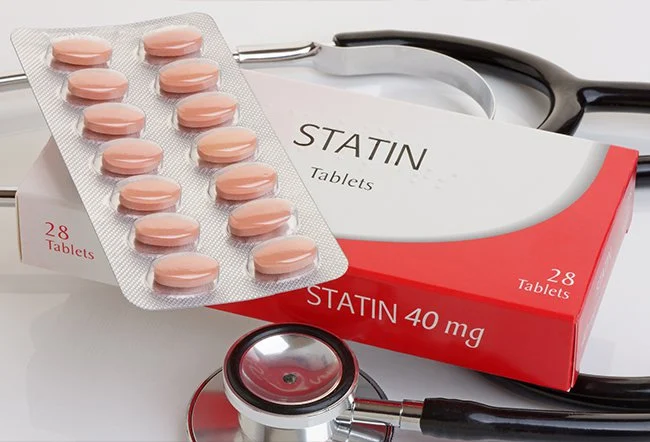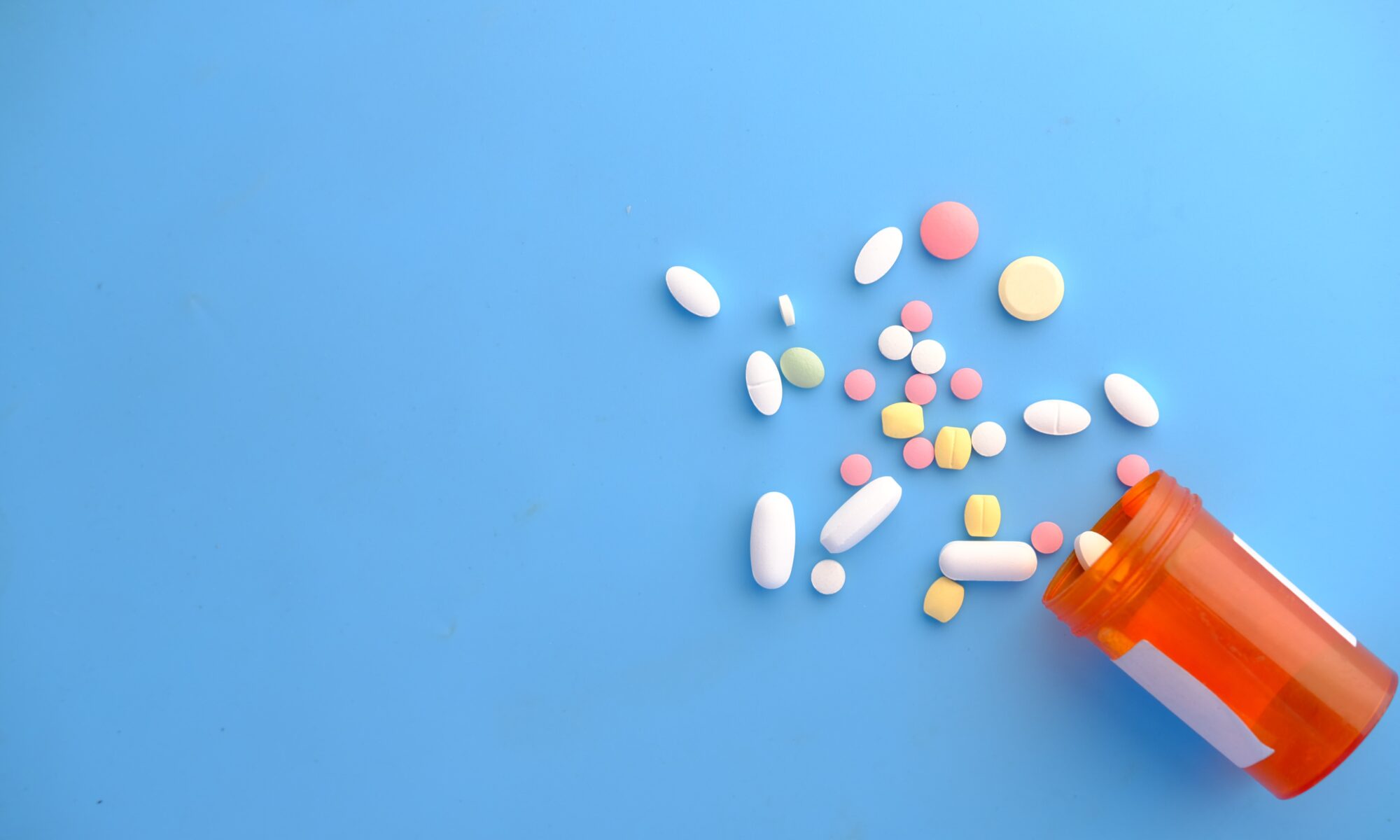By Donnie Yance
“Nature itself is the best physician.”– Hippocrates
The Costs of Chemical Exposure
Endocrine-disrupting chemicals (EDCs) are synthetic chemicals found in pesticides and some plastics that can enter the body through the food chain and interfere with hormone balance and disturb proper endocrine health. When levels go up, so too does body-mass index (obesity), as well as the risk of several cancers, fibroid tumors, endocrine-related diseases, and infertility. Breast cancer in men is becoming more and more common as a result of these hormonal toxins.1,2
Exposure to pesticides (cloransulam‐methyl, diflufenzopyr, thiamethoxam, and trifluralin), was recently found to be associated with an increased risk of developing and dying from prostate cancer.3
EDCs, via daily use of plastics, are a major contributor to the overall disease burden in the U.S., and a large-scale analysis revealed that the associated costs to society amount to more than 1% of the gross domestic product.
Continue reading “Detoxification: Everything You Need To Know and What To Do- Part 2: Endocrine Disruptors and the Disease Burden of Plastics and Other Environmental Toxins”






